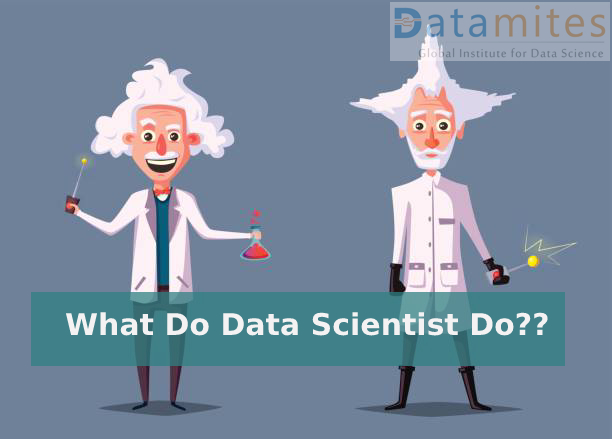The Power BI Components
Microsoft Power BI is a comprehensive business intelligence tool that offers a wide range of components to facilitate data analysis, visualization, and reporting. Understanding these components is essential for maximizing the potential of Power BI and driving meaningful insights from your data power bi course. In this blog post, we'll explore the key components of Power BI and how individuals can enhance their skills through a Power BI course.
1. Power Query: Transforming and Shaping Data
Power Query is a powerful data connectivity and preparation tool that allows users to import, transform, and shape data from various sources of power bi training. With its intuitive interface and robust features, Power Query enables users to clean, reshape, and combine data from disparate sources, ensuring consistency and accuracy in their analyses.
2. Power Pivot: Building Data Models
Power Pivot is another essential component of Power BI, enabling users to create sophisticated data models and calculations for power bi certification. With Power Pivot, users can establish relationships between different data tables, create calculated columns and measures, and perform complex calculations with ease. This component is crucial for building robust data models that serve as the foundation for insightful analyses.
3. Power View: Creating Interactive Visualizations
Power View is a data visualization tool that allows users to create interactive reports and dashboards power bi institute. With Power View, users can drag and drop fields to create visualizations such as charts, tables, and maps, and then interact with these visualizations to explore data in more depth. Power View empowers users to create dynamic and engaging visualizations that convey insights effectively.
4. Power Map: Visualizing Geospatial Data
Power Map is a geospatial visualization tool that allows users to plot data on maps and create immersive 3D tours power bi course training. With Power Map, users can visualize geographic data such as sales territories, customer locations, and market trends, gaining valuable insights into spatial patterns and relationships. Power Map enables users to visualize data in a geographic context, providing a deeper understanding of location-based trends.
5. Power Q&A: Natural Language Querying
Power Q&A is a natural language querying tool that allows users to ask questions about their data using everyday language power bi course certification. With Power Q&A, users can type questions such as "What were our sales last quarter?" or "Show me a trend line for monthly revenue," and Power BI will generate visualizations and insights in response. Power Q&A makes it easy for users to explore data and uncover insights without the need for complex queries or calculations.
Enhancing Skills through a Power BI Course
While Power BI offers a wealth of components for data analysis and visualization, mastering the tool requires proper training and expertise in the power bi course. That's where a Power BI Training Course comes in. By enrolling in a Power BI course, individuals can gain hands-on experience with the tool, learn best practices for data analysis and visualization, and acquire valuable skills that are in high demand in today's job market. Whether you're a beginner looking to get started with Power BI or an experienced user looking to sharpen your skills, a Power BI course can help you unlock the full potential of this powerful tool and drive success in your organization.
Refer these below articles:

Comments
Post a Comment